 Abraham Lincoln
If given the truth, the people can be depended upon to meet any national crisis...
Abraham Lincoln
If given the truth, the people can be depended upon to meet any national crisis...
 Guildford news...
for Guildford people, brought to you by Guildford reporters - Guildford's own news service
Guildford news...
for Guildford people, brought to you by Guildford reporters - Guildford's own news service
Birdwatcher’s Diary No.111
Published on: 5 Jun, 2016
Updated on: 3 Jun, 2016
By Malcolm Fincham
As is the case with nature as well as birdwatching, it’s often a matter of mixed fortunes, grateful for much luck, and a reasonable camera. And not forgetting a small ‘posse’ of enthusiastic friends keen to vary my ventures. All of which means I am able to come up with some more recent photos.
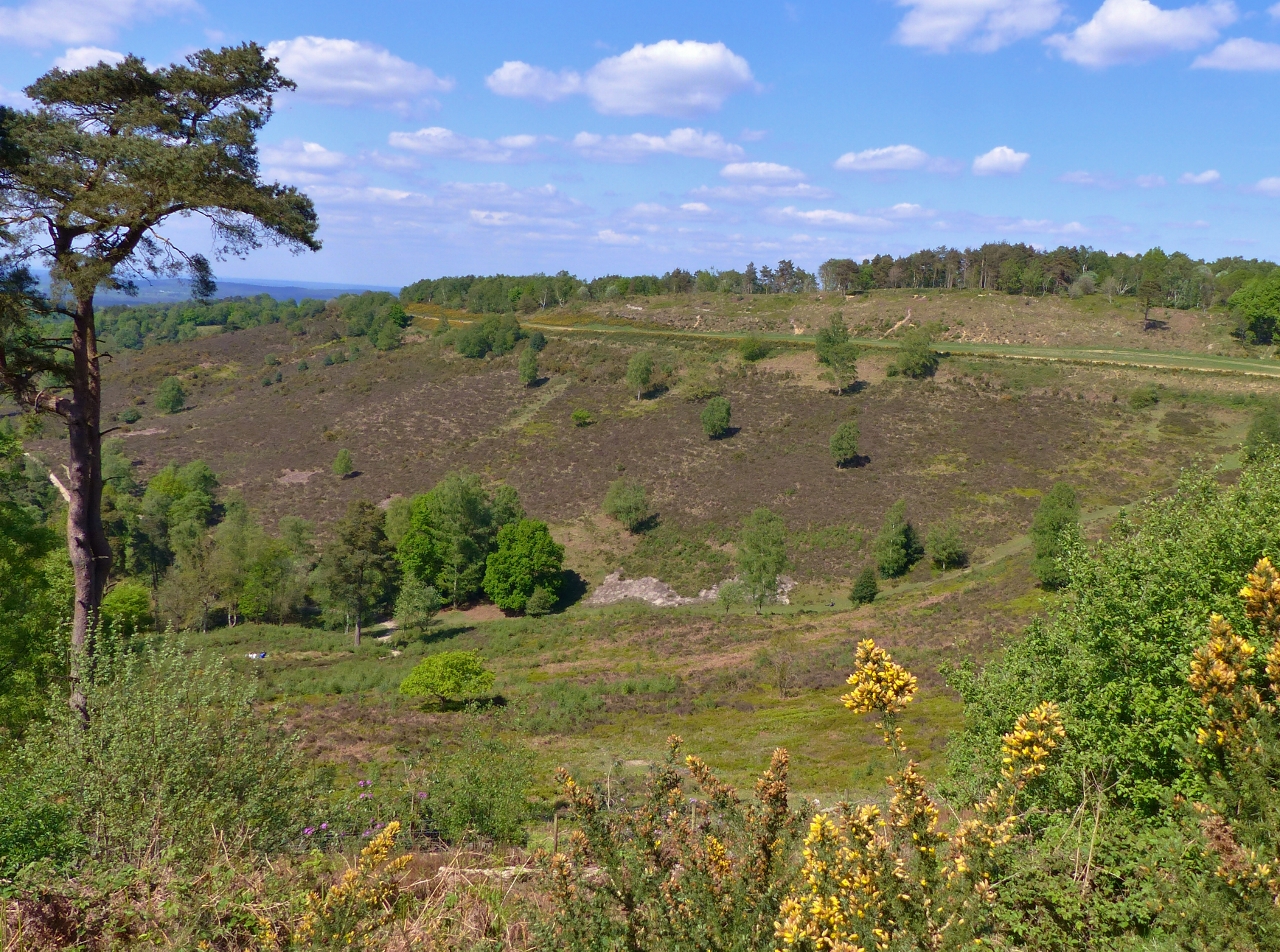
A view across the Devil’s Punchbowl and the old A3 along its ridge. Click on all pictures to enlarge in a new window.
On May 15 we decided on a visit to the Devil’s Punchbowl. Having not visited to explore for any longer than a sightseeing visit, since the construction of the Hindhead Tunnel, and having last walked down into it over 30 years ago, it was a trip, well overdue.
Our hope was for the remote chance of spotting a wood warbler. These birds can be found in deciduous woodland under closed canopies.
Thirty years ago as many as six or more pairs were thought to breed at the Punchbowl. In the UK wood warblers are predominantly found in upland western oak woods. Sadly, although the habitat in the area we walked still looks good enough to sustain them, not a note of their song could be heard that day.
Although slightly disappointing, it wasn’t unexpected and it wasn’t too long before we were enlightened by the sighting of a woodlark. A bird that has made a bit of a come back in recent times locally on our Surrey heathlands.
The sound of a tree pipit, as it perched on a small pine, was also a welcome to sound as it perched on top of small pine.
Close by on Hindhead Common we were taken by surprise as we caught a glimpse of a flock of 20 or so birds, as they flew overhead, disappearing out of sight within seconds of seeing them. Definitely birds of the ‘finch’ family, we decided as we debated their ‘ID’.
Although not calling in their usual way, my ‘hunch’ was that they were crossbills. Intent on getting better views, we followed the direction in which they had flown, sure they had landed nearby. Crossbills are known to feed on pine cone seeds, so we scanned a pine tree that we thought they had landed in with our binoculars.
About to give up, just by chance, my view drifted across to a silver birch near by. To my surprise, rather than feeding on pine cones, I spied a small group of males and females, feeding on the catkins of the silver birch I had now focused on.
Having not seen a common crossbill locally since April 4, 2014, while on a visit to Thursley Common, this was indeed a treat to see. And an added bonus, having watched them feeding for a while, was to see a few even come down to drink in a nearby puddle.
The crossbill is a member of the finch family, and very clearly the principle that Charles Darwin developed that species adapt in order to survive in their particular environment. In the case of the crossbill, not surprisingly, the adaptation is the crossed bill after which it is named, perfectly shaped to remove seeds from cones. The crossbill has evolved to survive in coniferous forests, mostly in upland areas of Europe, such as the Alps, the Pyrenees and Scandinavia.
In the British Isles it is most likely to be seen in the Scottish Highlands, where its own strain of Scottish crossbill (as well as a few parrot crossbills) can be seen. Numbers in particular areas can fluctuate considerably from year to year, depending on the availability of conifer seeds (the crossbill’s main diet) in its usual breeding areas. The UK population is boosted occasionally by an ‘irruption’ of birds from northern Europe, possibly due to the failure of spruce cones.
Ending the day with a walk along a track that was once the old A3, a few stonechats could be viewed.
A brief spell of warm sunshine and the sighting of two green hairstreak butterflies, that settled momentarily in some nearby gorse, reminded us that it was that time of year to begin our quest to seek out some of the ‘early’ species of butterfly that had started to emerge around the Surrey and Hampshire borders.
A trip to Witley Common on May 22 gave me the opportunity to photograph a few new species for 2016.
These included a few grizzled skippers, in an open glade of rough grassland, where a few of one of its favoured food plants, the wild strawberry grows.
Like most skippers, the grizzled skipper is extremely difficult to follow when in flight, but will stop to feed from various nectar sources. Once settled, the black and white pattern on the wings, from which this species gets its name, is unmistakable
Adding to the day list were a few small heath butterflies. While out of sight, within the surrounding scrub, both garden warblers and blackcaps could be heard.
During the week that followed I managed to find some time for a few evening visits to my local patch at Stoke Nature Reserve.
Along the towpath leading to Stoke Lock a greater spotted woodpecker flew across the river and landed in a tree nearby. It was unhindered (or unaware) by my presence as it worked its way up a tree looking for grubs in the loose bark.
Within the vegetation a green-veined white butterfly settled on one of the plants.
A common whitethroat flew in and out of a dense area of brambles, possibly already feeding young.
While a sedge warbler sharing the same area flew back and forth, appearing to be on a similar mission.
Close to the lock gates a grey wagtail could be seen with a mouthful of insects to feed its young.
While a moorhen was feeding one of its chicks.
And a robin was also among many birds carrying food.
Around the reserve a kestrel could regularly be seen, often hovering over the field by the lake in the evening sunshine.
Other birds of prey seen in the area on regular occasions in recent days are common buzzard.
And what has become my favourite of recent times, the red kite.
For the first year in the four I have been writing these reports for The Guildford Dragon NEWS, the common tern, that for several weeks had been on the tern raft at Stoke Lake, finally gave up patiently waiting for its partner and moved on. Allowing a pair of Canada geese to make it their home.
As May came to a close, more species of butterflies had now started to emerge. We decided to take advantage of some rare UK bank holiday sunshine on May 29 to visit Noar Hill near Selborne in Hampshire.
Once the site of medieval chalk workings it is now carpeted by flowering plants growing on the chalk. The ridges, banks and hollows provide a variety of niches that allow many different species to thrive.
There are a large number of breeding butterflies (over 35 species) and over a dozen species of orchid can be found here.
Duke of Burgundy was our ‘target species’. A rare butterfly occurring in small discrete colonies in scrubby grassland and recent woodland clearings where its larval foodplants, either primrose or cowslip, grow in reasonable abundance in sheltered but open, sunny conditions.
The butterfly has undergone a major decline in Britain especially in woodlands. But fortunately for us, at Noar Hill they could still be seen in good number.
Adding to the day list were several dingy skippers.
Quite moth-like at first glance, a freshly-emerged one reveals a subtle pattern of browns and greys that is quite beautiful.
Not nearly as beautiful to my mind as the green hairstreak butterfly, iridescent in their green/turquoise colour.
Or the common blues that were now emerging there. Other additions to the day list were several small heath butterflies.
And a speckled wood.
Once again, as at Witley Common, all this was backed up by the glorious sounds of blackcaps and garden warblers singing from within the hedgerows.
But this time, the addition of yellowhammers on backing vocals, singing their chorus song of ‘Little bit of bread and no cheese’.
Heading home we decided to make time to visit Pewley Down. And having seen them at Noar Hill, male common blue butterflies were now out in good numbers and in pristine condition. But we did not see any females, we guessed they hadn’t emerged yet.
The small blue is Britain’s smallest resident butterfly and is easily overlooked, partly because it is often confined to small patches of sheltered grassland where its sole food-plant, kidney vetch, is found.
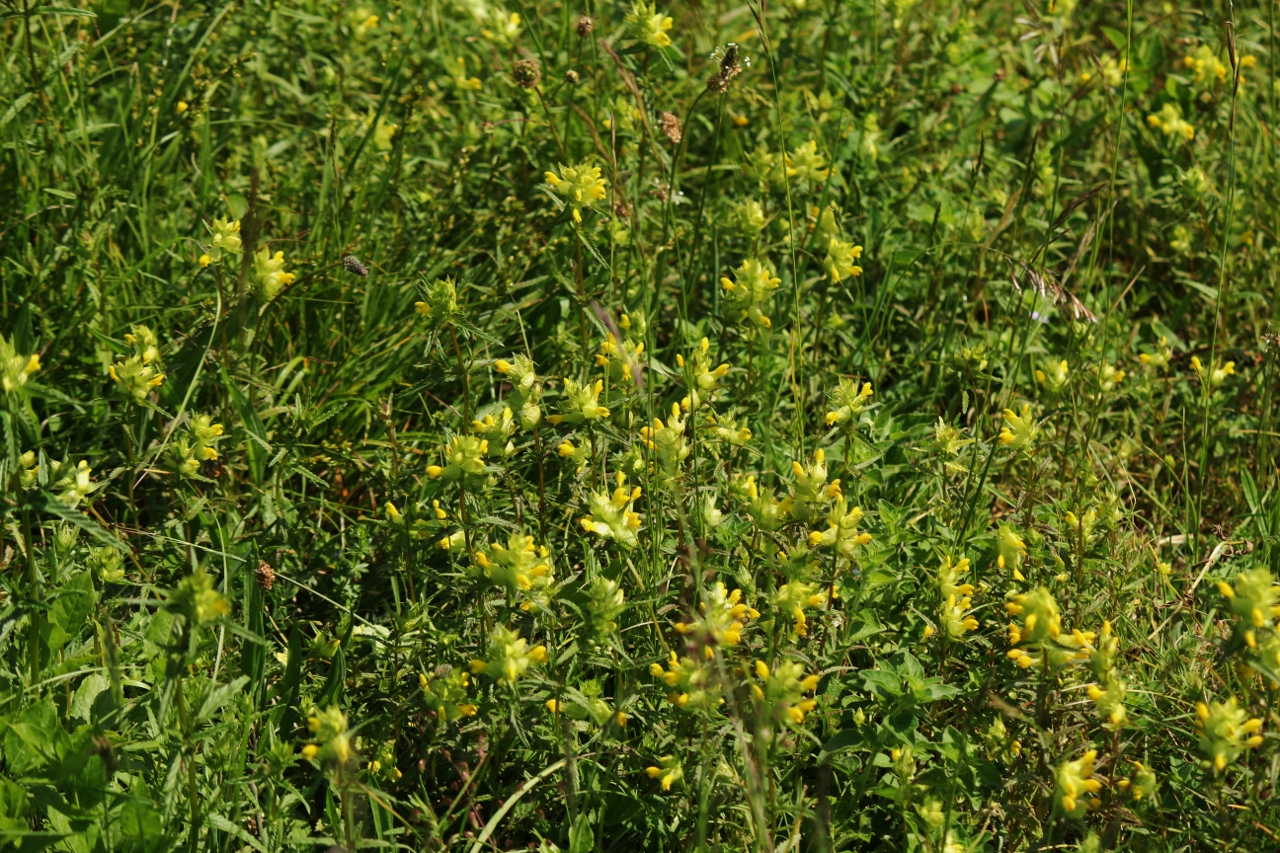
Kidney vetch is the sole food plant for the larvae of Britain’s smallest butterfly, the aptly named small blue.
It has a very patchy distribution across the UK. Its strongholds are on the chalk and limestone grasslands of southern England.
The south-facing chalk hill of Pewley Down, is an ideal area for them to survive and from the amount we saw, this seemed to be a very good year for them.
And so with the evening sun dropping low in the Guildford sky and setting on my May reports, it’s time to ponder on what ‘goodies’ June might bring.
For those out there, brighter than I, (of which, no doubt there are many) and keen on a quiz. What do you think of this?
While photographing butterflies, both at Noar Hill and Pewley Down, I came across a ‘daytime’ moth. There is a the vast array of moths found in the UK and of which I know little. Curious of what it might be, I took a picture of it.
If anyone can put a name to it, I would be grateful. Please leave a reply in the comments box below.
Responses to Birdwatcher’s Diary No.111
Leave a Comment Cancel replyPlease see our comments policy. All comments are moderated and may take time to appear.
Recent Articles
- Guildford Institute’s Crowdfunding Project for Accessible Toilet in its New Community and Wellbeing Centre
- Letter: Guildford – Another Opportunity Missed?
- Letter: GBC’s Corporate Strategy – Where Is the Ambition?
- My Memories of John Mayall at a Ground-breaking Gig in Guildford Nearly Six Decades Ago
- Westborough HMO Plans ‘Losing the Heart of the Street’ Says Resident
- College Invests to Boost Surrey’s Economy and Close Digital Skills Gap
- Community Lottery Brings Big Wins for Local Charities
- GBC Housing Plan Promises ‘A Vibrant Urban Neighbourhood’ Near Town Centre
- Hospital Pillows ‘Shortage’ at the Royal Surrey
- Updated: Caravans Set Up Camp at Ash Manor School


Recent Comments
- Ian Macpherson on Updated: Main Guildford to Godalming Road Closed Until August 1
- Sara Tokunaga on GBC Housing Plan Promises ‘A Vibrant Urban Neighbourhood’ Near Town Centre
- Michael Courtnage on Daily Mail Online Reports Guildford Has Highest-paid Council Officer
- Alan Judge on GBC Housing Plan Promises ‘A Vibrant Urban Neighbourhood’ Near Town Centre
- John Perkins on GBC Housing Plan Promises ‘A Vibrant Urban Neighbourhood’ Near Town Centre
- S Collins on GBC Housing Plan Promises ‘A Vibrant Urban Neighbourhood’ Near Town Centre
Search in Site
Media Gallery
Dragon Interview: Local Artist Leaves Her Mark At One of England’s Most Historic Buildings
January 21, 2023 / No Comment / Read MoreDragon Interview: Lib Dem Planning Chair: ‘Current Policy Doesn’t Work for Local People’
January 19, 2023 / No Comment / Read MoreA3 Tunnel in Guildford ‘Necessary’ for New Homes, Says Guildford’s MP
January 10, 2023 / No Comment / Read More‘Madness’ for London Road Scheme to Go Ahead Against ‘Huge Opposition’, Says SCC Leader
January 6, 2023 / No Comment / Read MoreCouncillor’s Son Starts Campaign for More Consultation on North Street Plan
December 30, 2022 / No Comment / Read MoreCounty Council Climbs Down Over London Road Works – Further ‘Engagement’ Period Announced
December 14, 2022 / No Comment / Read MoreDragon Interview: GBC Reaction to the Government’s Expected Decision to Relax Housing Targets
December 7, 2022 / No Comment / Read MoreHow Can Our Town Centre Businesses Recover? Watch the Shop Front Debate
May 18, 2020 / No Comment / Read More



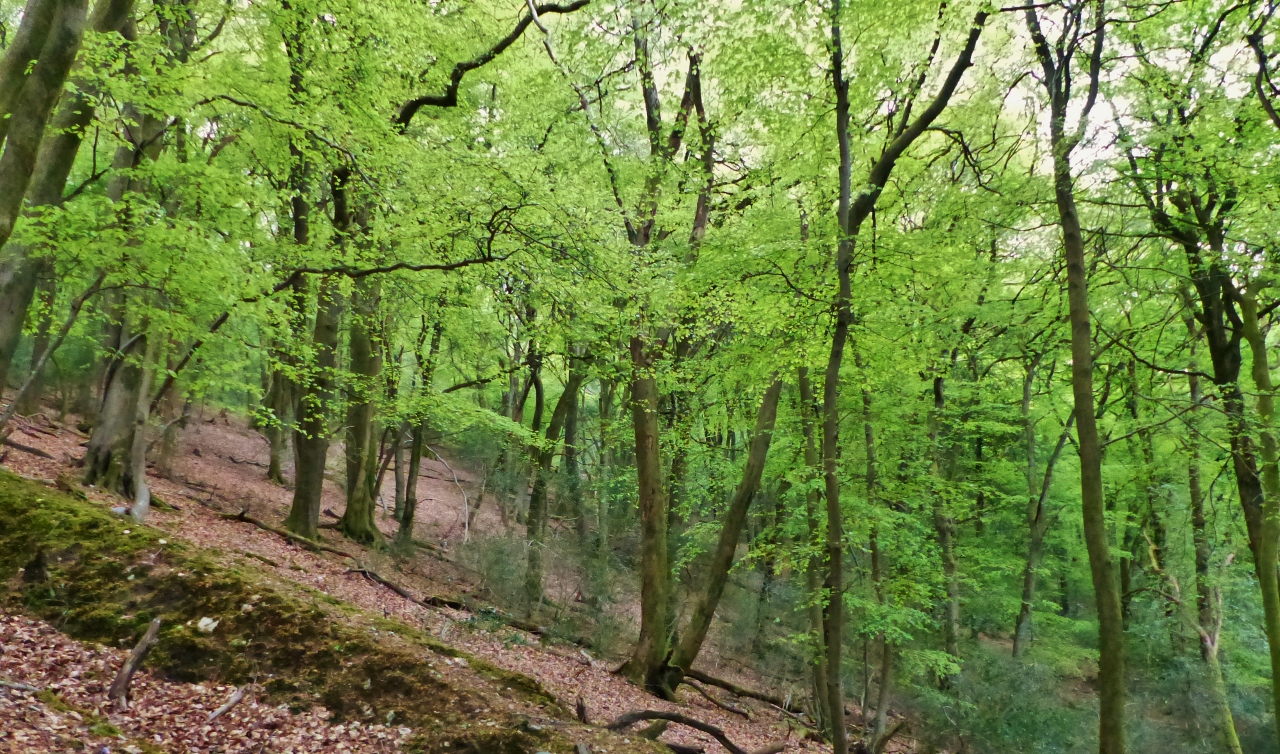
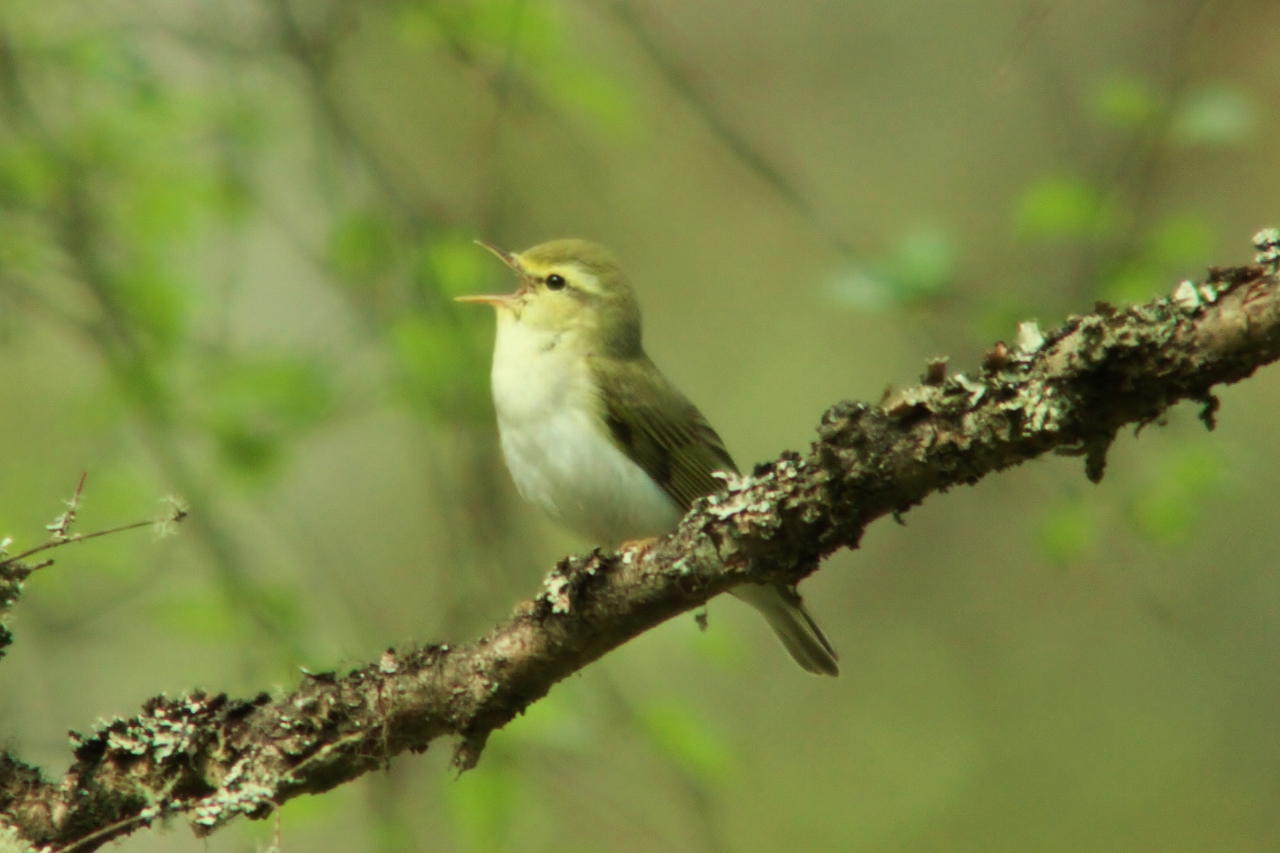
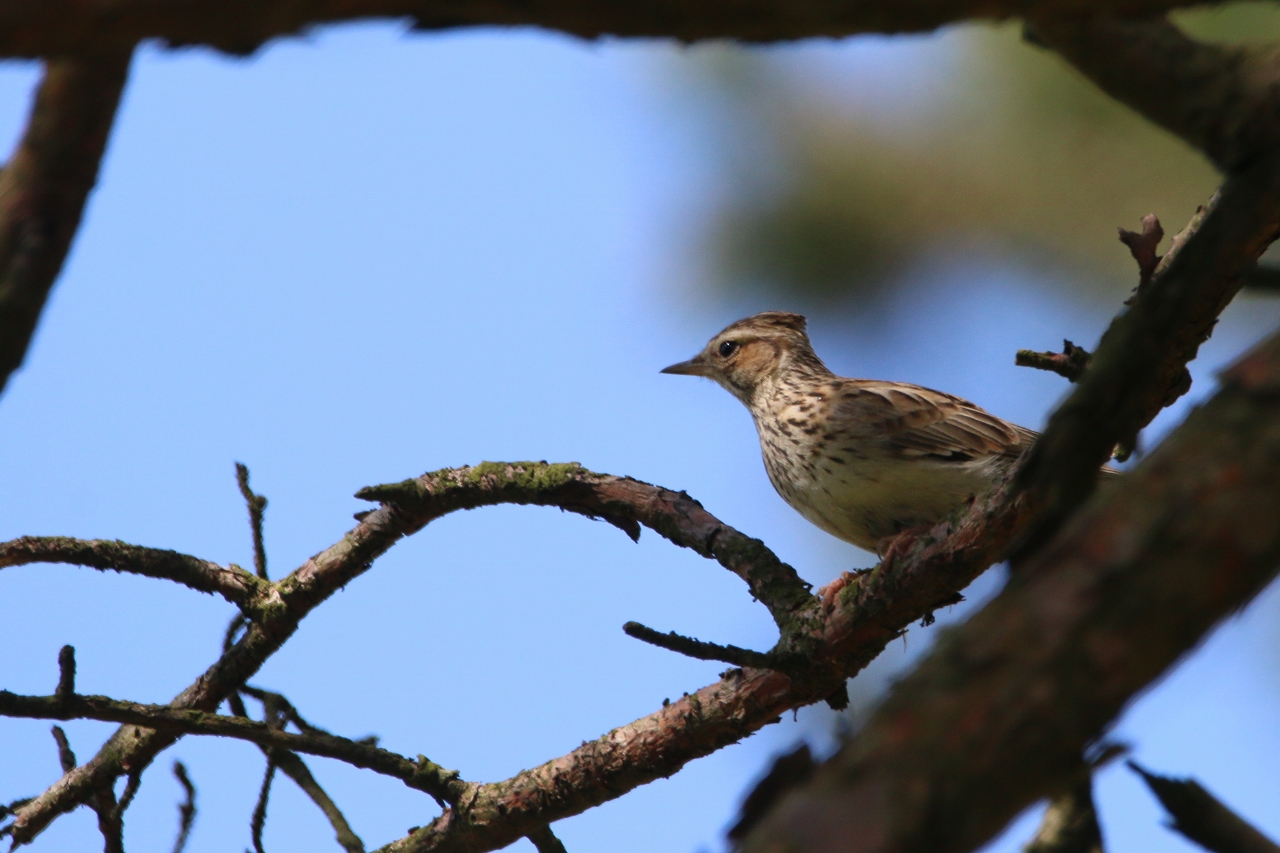


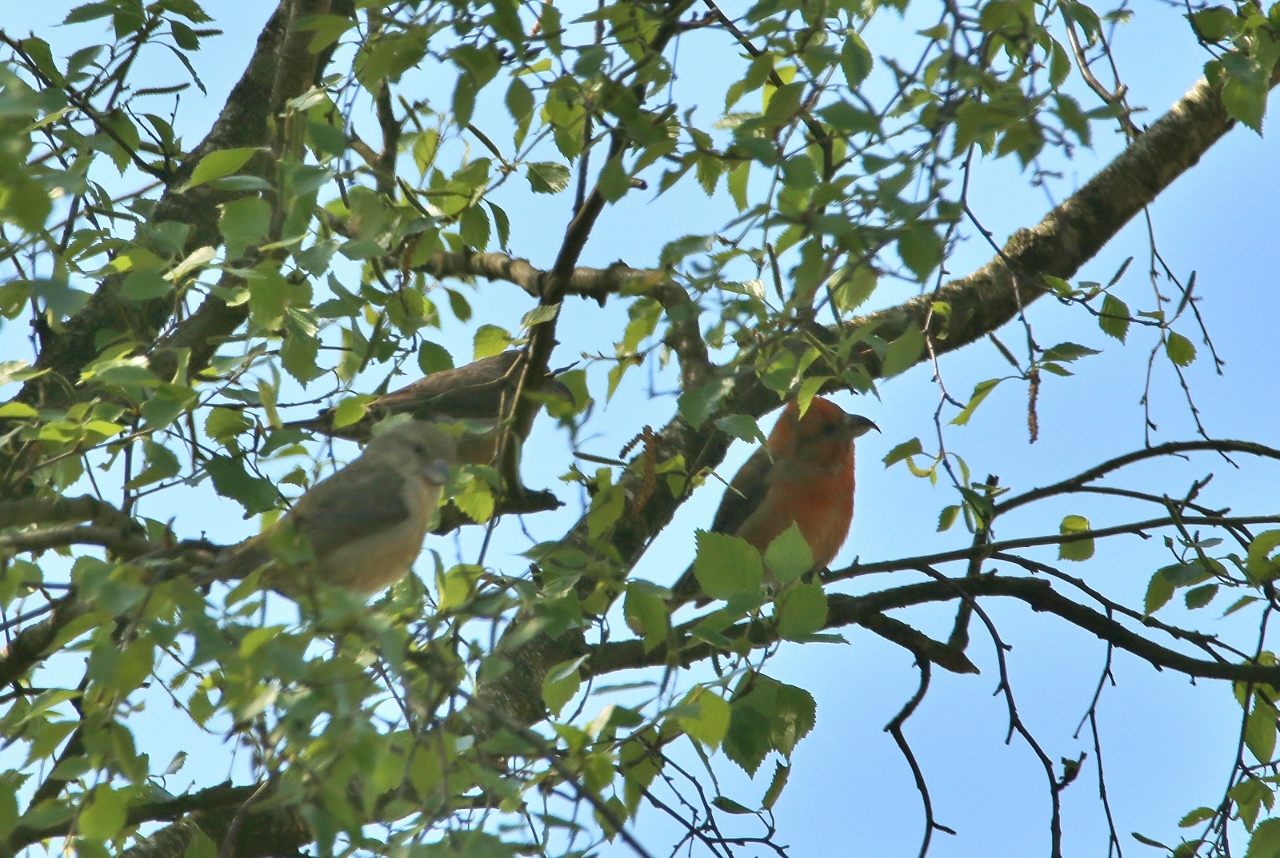










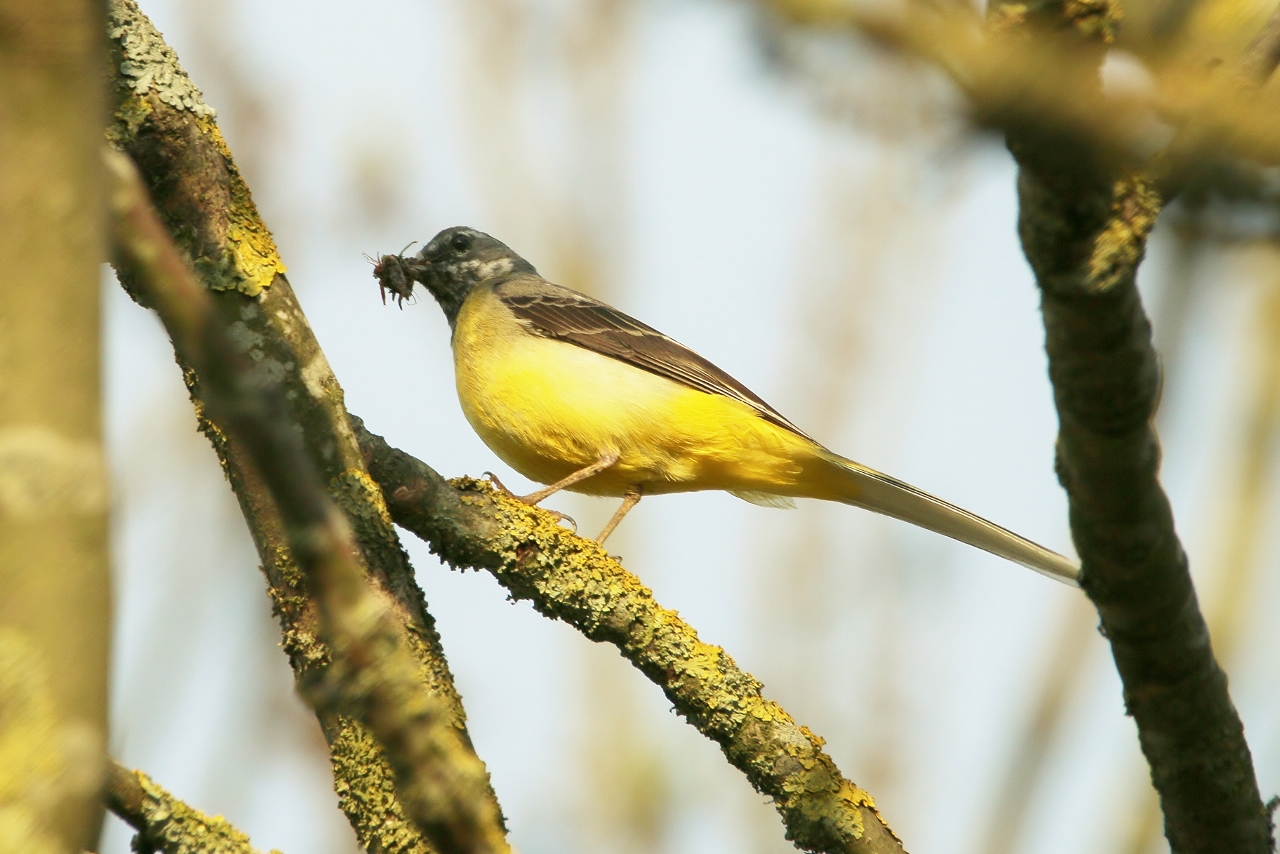

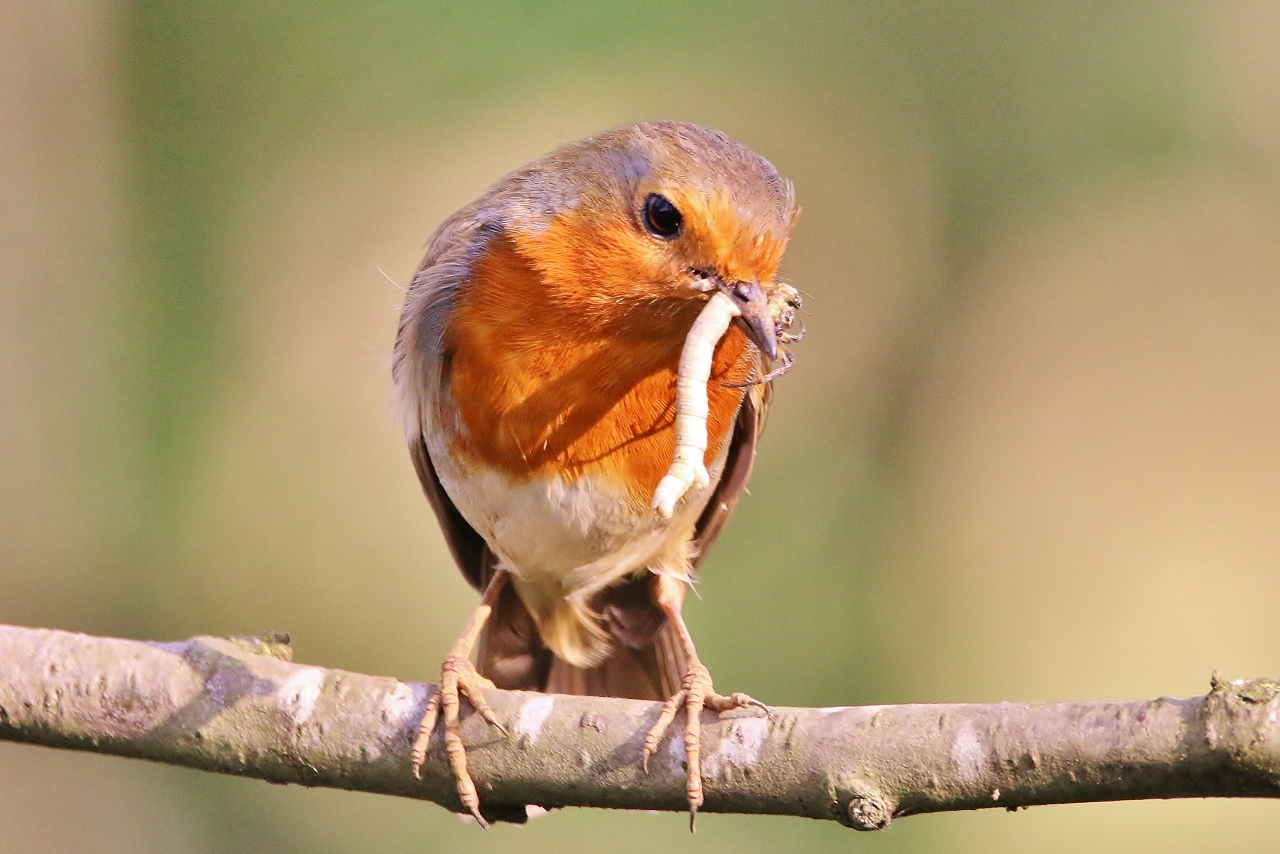
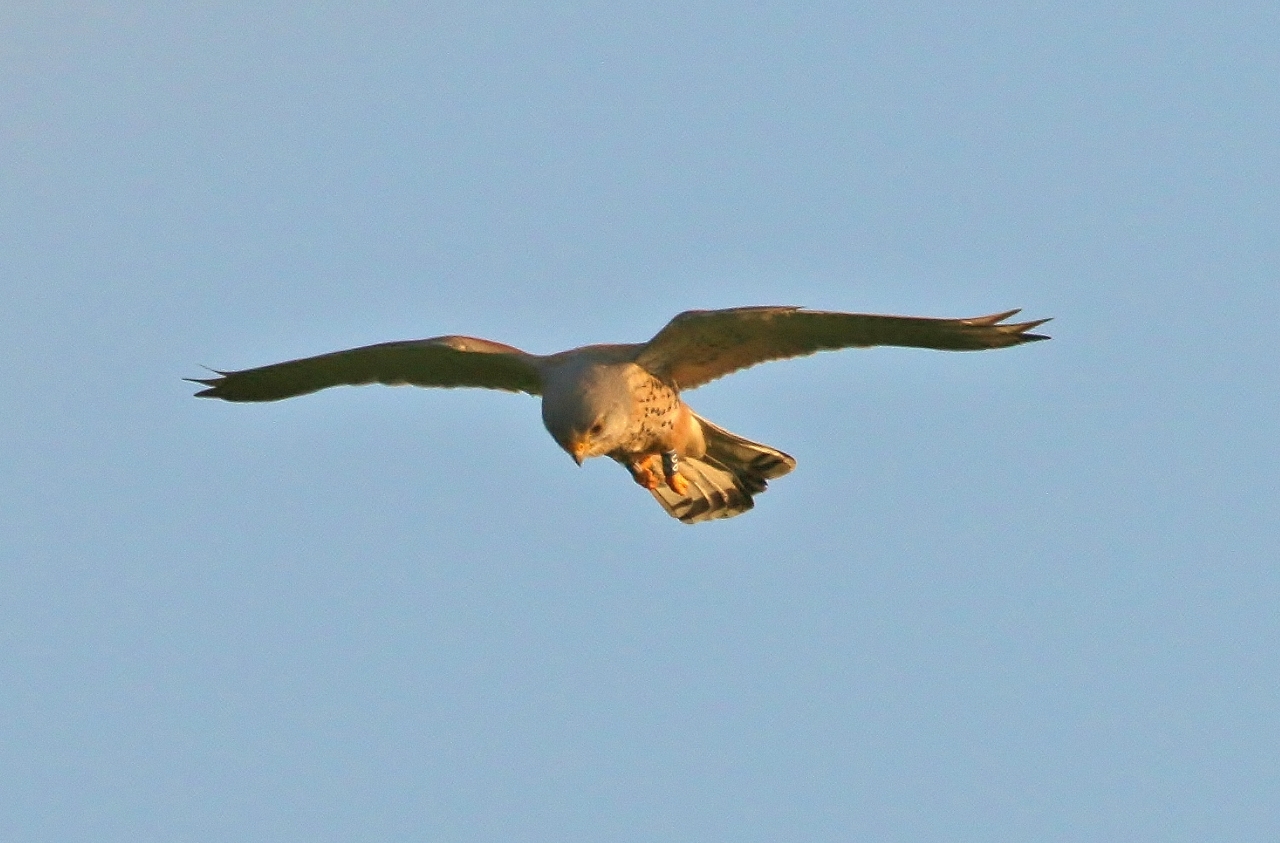
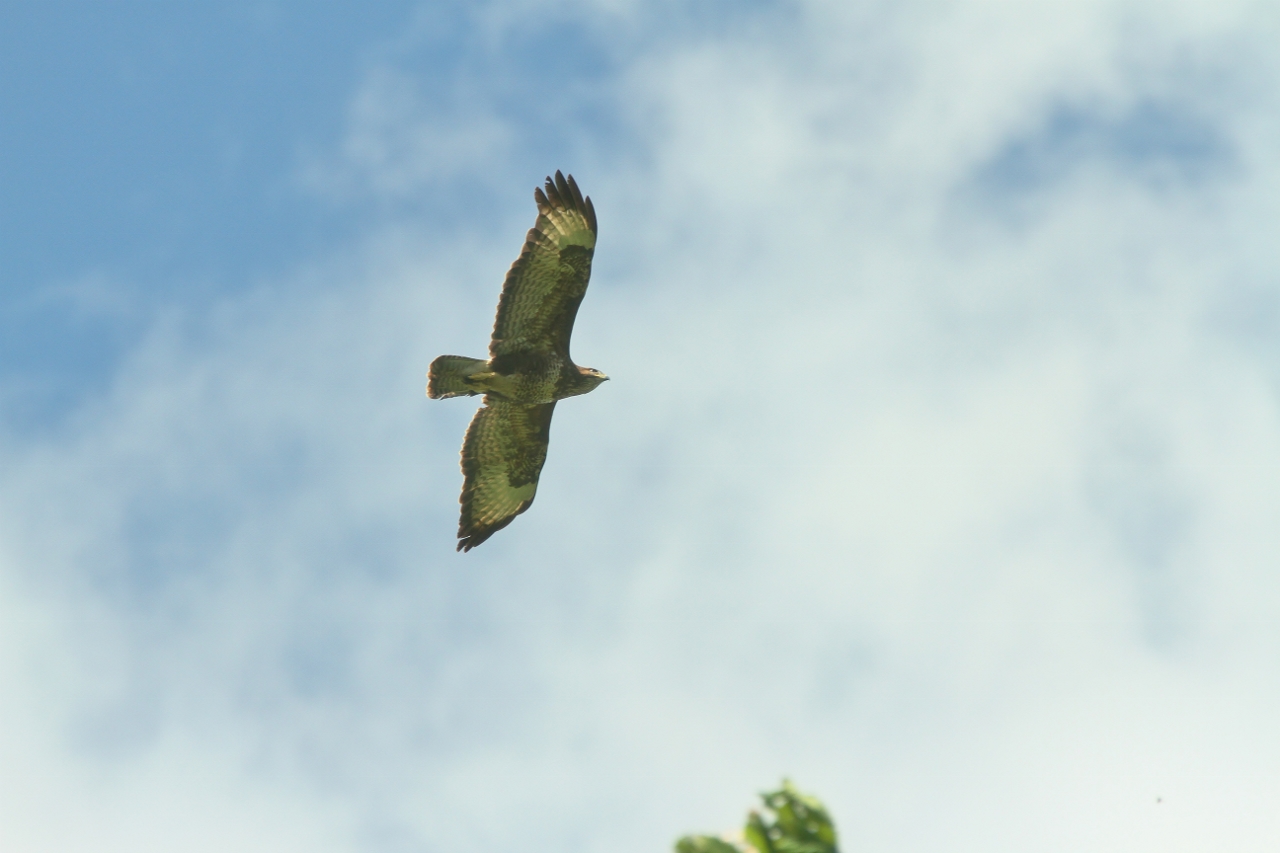

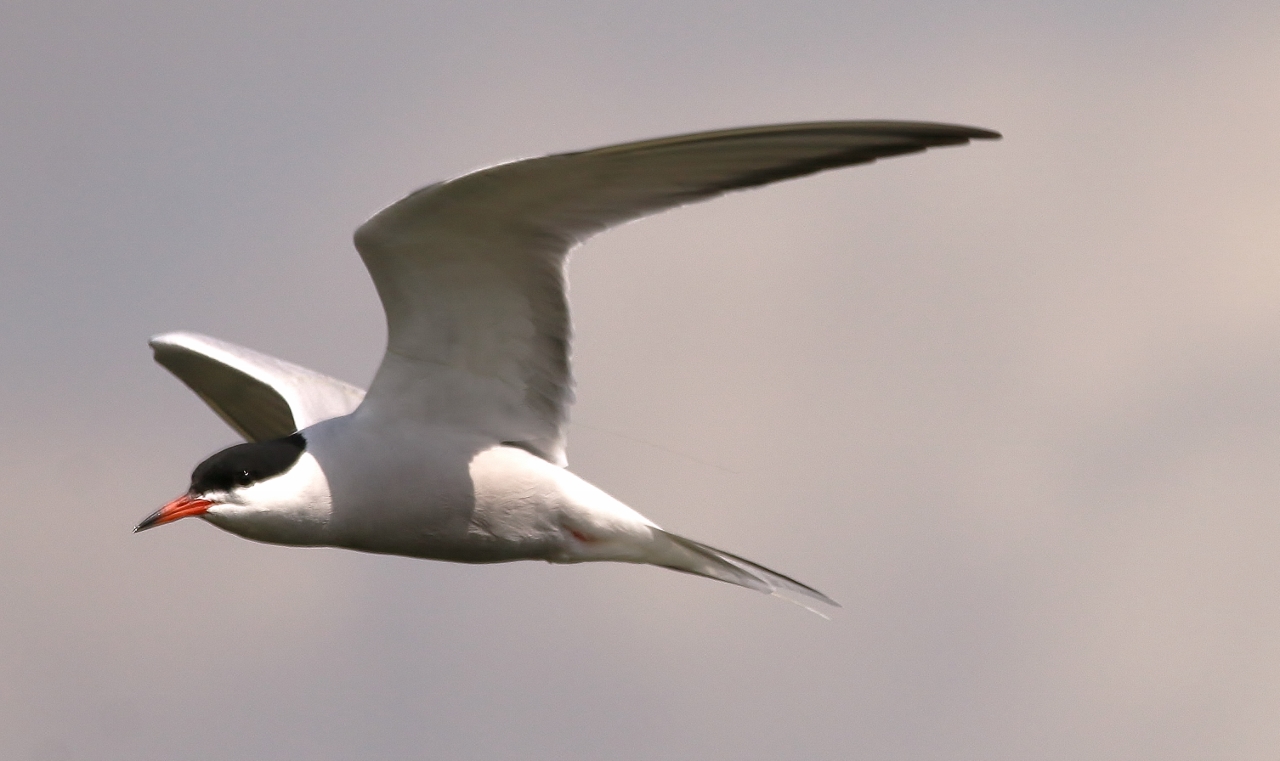
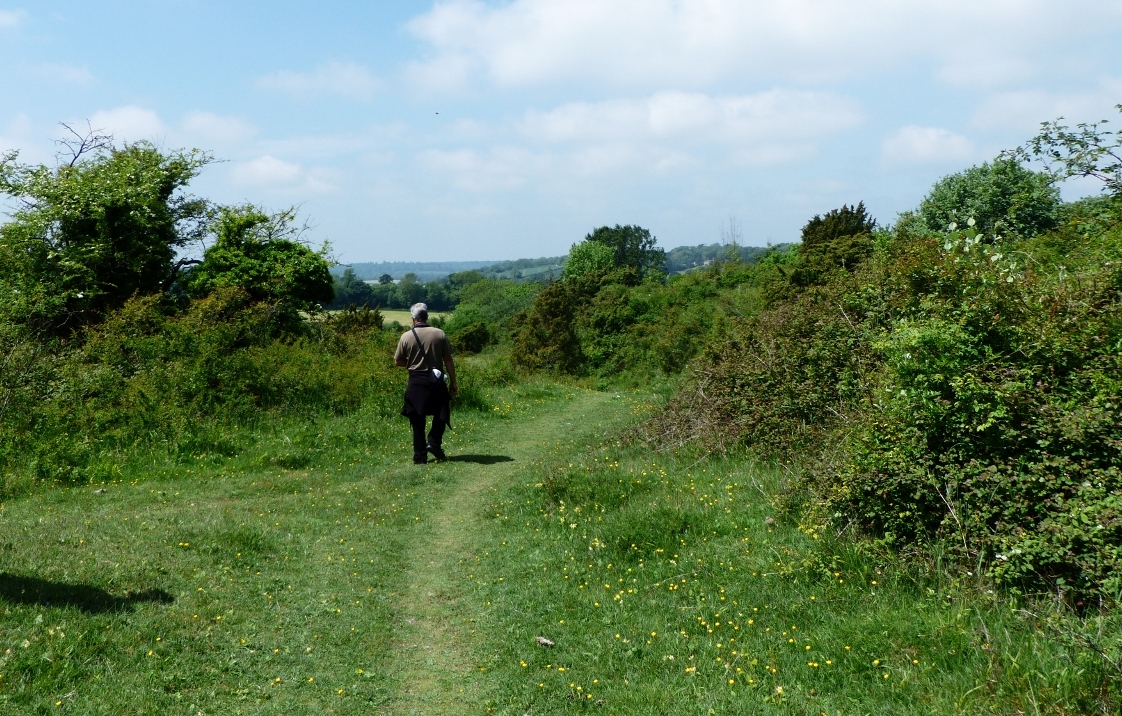

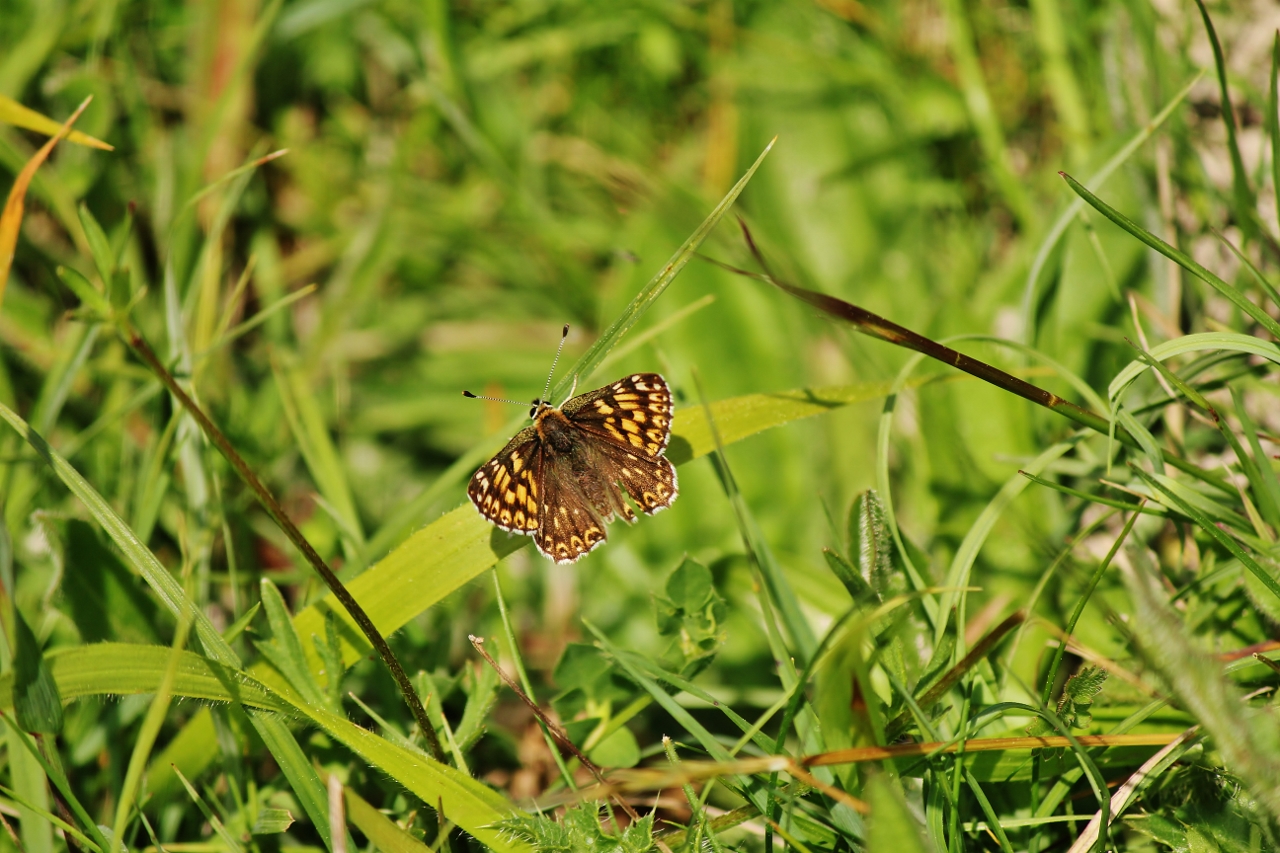



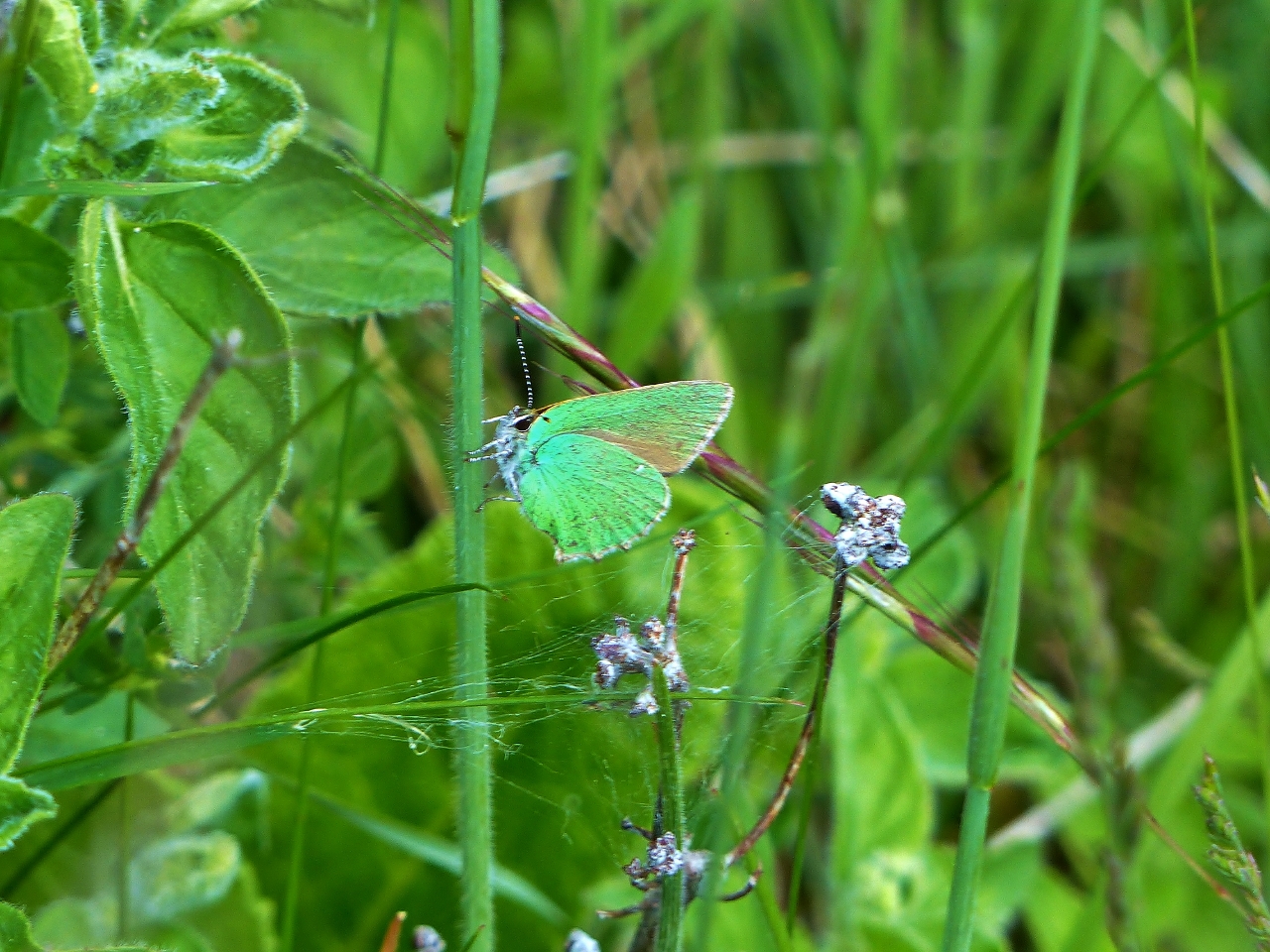















Ian Reay
June 5, 2016 at 8:36 am
I think it is a (golden) Mint Moth https://en.wikipedia.org/wiki/Mint_moth
Harry Eve
June 5, 2016 at 9:12 am
I think the moth is Pyrausta aurata and its larvae feed on members of the mint family such as marjoram.
Kidney vetch is the larval foodplant of the small blue but the photo is of yellow-rattle – an attractive semi-parasitic annual that thins out the sward giving plants such as kidney vetch a better chance of surviving.
Yellow-rattle is a very useful component in meadows managed for wildlife.
Great photos – yet again – and I always look forward to these regular updates.
Malcolm Fincham
June 5, 2016 at 6:55 pm
Excellent! ‘Hats off’ and thank you Harry Eve for the corrections and information (especially about yellow-rattle.
Thanks also to Ian Reay for the link about the mint moth. Comments (and compliments) always welcome.
James Sellen
June 5, 2016 at 10:14 pm
Excellent article. Good to know crossbills are back at Hindhead.